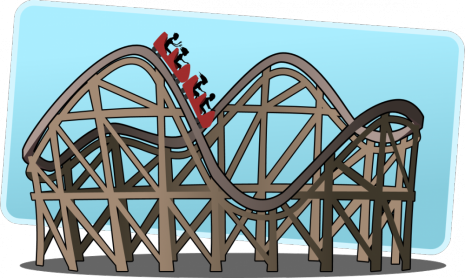Amusement Park Ride
This online resource explores energy transformation within physical systems.
The resource gives details for a student activity that explores energy transformation within physical systems through the process of designing and building a model roller coaster.
Students design, build and test model roller coasters using foam tubing and marbles. The design process integrates energy concepts as they test and evaluate designs that address the task as an engineer would. The goal is for students to understand the basics of engineering design associated with kinetic and potential energy to build an optimal roller coaster.
The rolling marble starts with potential energy that is converted to kinetic energy as it moves along the track. The diameter of the loops that the marble can traverse without falling out depends on the amount kinetic energy obtained by the marble.
Engineering Connection
Mechanical and civil engineers are involved in the design of roller coasters. Engineers must understand how the basic physics concepts of energy apply to a successful roller coaster. They must understand how to make it fast and fun, without compromising structural integrity, which is critical for ride safety.
Australian Curriculum v9 Codes: AC9S8U05 (Year 8), AC9S9U05 (Year 9),

